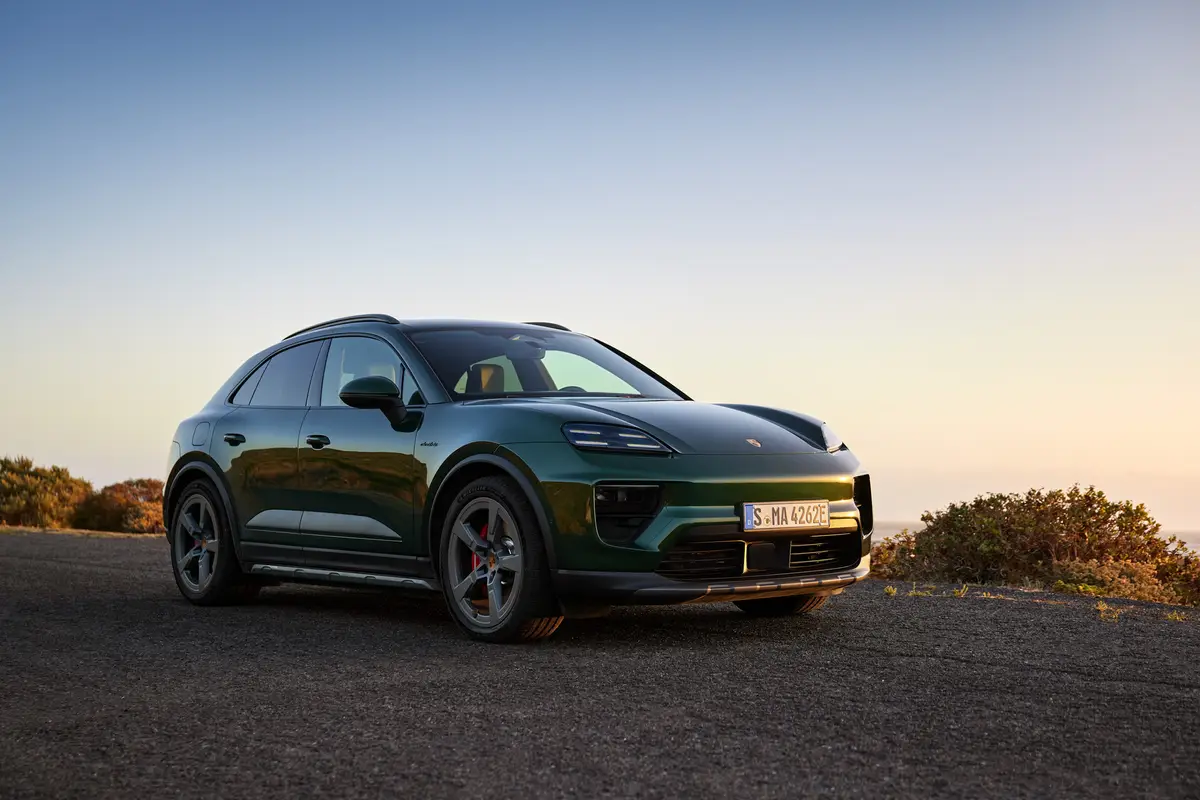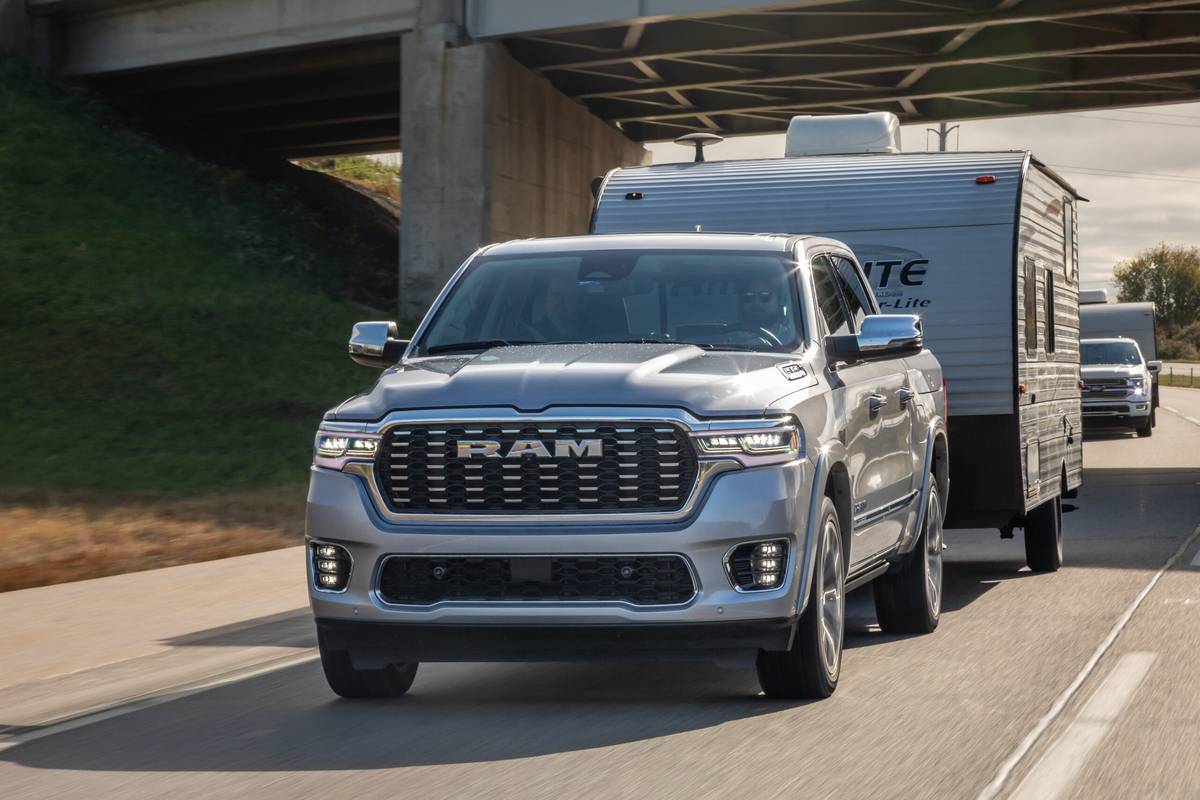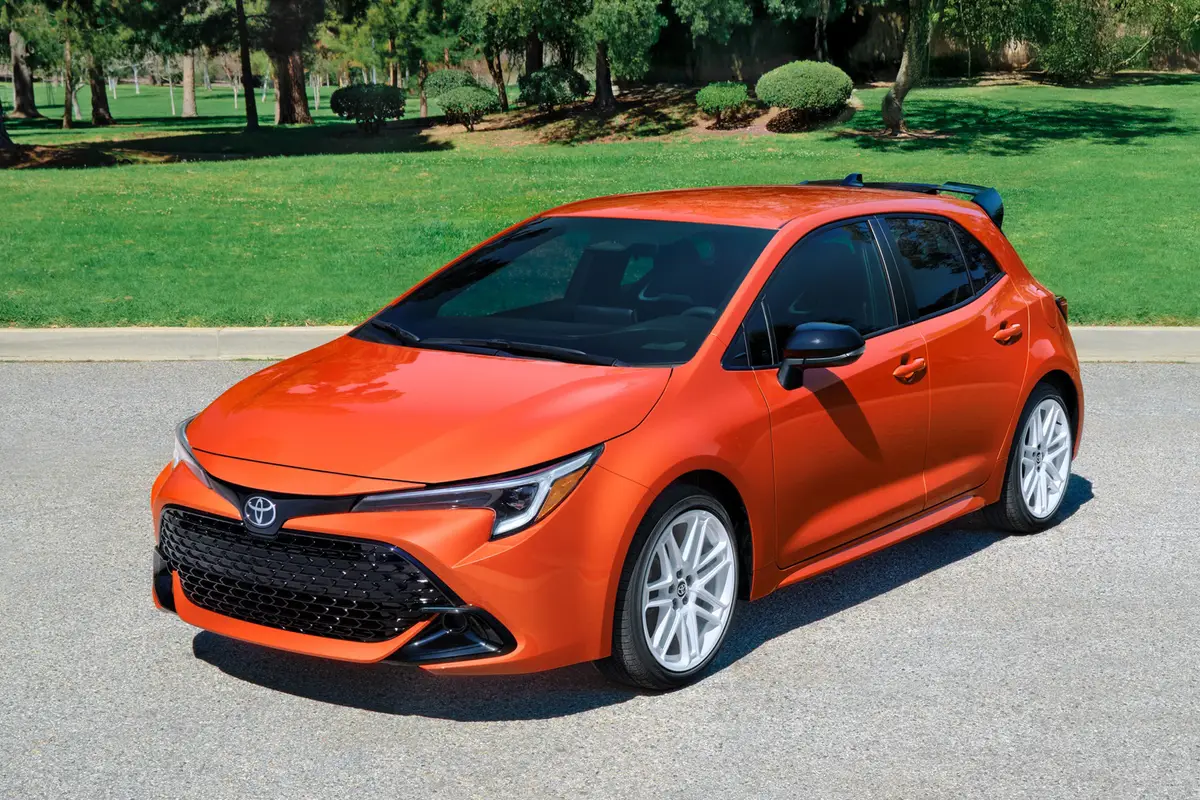The Morning Call and Mcall.com's view
If you listen to those who pretend to be your conscience, you shouldn’t drive a Ford Excursion.
It’s almost tiresome to hear them rattle on about how the Ford Excursion is too big, too fuel thirsty and too unsafe to other vehicles. These cry babies would rather you sit on a train or a bus. Streets filled with hundreds of buses spewing diesel fumes would just enhance our quality of life so much. Wouldn’t life be wonderful?
These tree-huggers have spent their whole lives in big cities where catching a bus is a breeze. Of course, they’d probably mistake this Excursion for a bus. It’s that big. And how big is that? It’s so big, you could park it on a street in Manhattan and rent it for $2,000 a month.
It’s so big, even the Partridge Family would be happy riding in it, providing you repaint it psychedelic colors. Hyundais look like speed bumps. You almost wonder if plastic-bodied Saturns would sound like Tupperware if run over.
If you like your sport utilities big, they come no bigger. Seriously, you look down at Ford Explorers and Jeep Grand Cherokees. At 80.4 inches tall, it’s no wonder. At 19-feet long, it’s about a foot longer than the leviathan Lincoln Town Car.
At 80-inches wide, it’s about a half-foot wider than a typical mid-sized American car and a good foot wider than a Japanese econobox. At three tons in gross vehicle weight, it doesn’t classify as a light truck, so the EPA doesn’t rate it for fuel economy.
But fuel economy isn’t an issue when owning an Excursion; owning your own oil well is. The Excursion has a 44 gallon gas tank, so the 10.6 mpg city mileage and 12.6 mpg highway mileage will not only make OPEC oil ministers happy, it will have your local gas retailer doing the samba.
But if you need to tow 10,000 pounds of your favorite toy, there are few vehicles that will do so as comfortably or quickly.
Based on the F-250 Super Duty pick-up platform, Ford went in and softened things up, since most sport ute buyers prefer car-like handling. The problem is that it still feels like a truck, one that bobs up and down a lot. This wallowing can be disconcerting enough to employ Dramamine. Otherwise, the handling is a surprise.
For such a big heavy vehicle, the steering is light and quick without being too much so. Yet it’s not too loose, so you always feel in control, despite the wallow.
You’ll need to slow way down for corners because there’s enough body lean to discourage even Mario Andretti.
Turning this vehicle around requires a lot of space, about 50.4 feet, making most parking lots a test of driving skill and maneuverability.
Like most 4x4s, there are choices to make when it comes to drivetrain. The base XLT model is a 4×2 with a 5.4-liter Triton V-8. With 255 horsepower and 350 pound-feet of torque, this engine might not meet all the needs of potential buyers. Better to opt for the 6.8-liter V-10 with 310 horsepower and 425 pound-feet of torque.
When ordered, the part-time fo ur-wheel drive system comes with it. Buyers can also opt for the turbo-charged, intercooled 7.3-liter Power-Stroke V-8 Diesel. Developed with Navistar International, it has 215 horsepower and a stump-pulling 500 pound-feet of torque.
None of these engines will make you a speed demon off the line. Once under way, the power is good.
The four-wheel-drive system is a part-time affair for use in slippery conditions. It’s not automatic, being activated by a dash-mounted switch.
Four-wheel disc bakes with anti-lock are standard and provide good stopping power. Be advised that with this much weight, this vehicle doesn’t stop on a dime.
But it’s the capacity of this vehicle that makes it so nice. Standard is a split-bench seat, meaning you can carry up to nine people. Subtract one person if you opt for the front captain’s chairs with a humongous console. They are standard on the upper-level Limited along with leather seating surfaces.
The console storage lid is decked out in a wood-like trim. Combined with its size, the lid doubles as a small table.
No need to fold down any seats to carry all the luggage. With 48 cubic feet, that’s more than any other sport ute. Fold down the seats and 146 cubic feet is available. While both seats fold flat, the third row can be removed entirely. All the way in the back is seating that’s a bit short, but comfy. There’s storage for small items as well as cupholders. There’s also a very bouncy ride, enough to make passengers queasy.
The second row is a bit better, with seatbacks that can be reclined individually, separate heating and audio controls, in addition to the requisite cupholders. Roof-mounted heating vents rotate 360 degrees, to shoot air in any direction, a nice touch.
A roof-mounted console houses the usual trip computer along with storage for glasses and other items.
Living with this vehicle every day will change you. Climbing up to the driver’s seat requires the running boards, no matter how tall you are. You’ll maneuver carefully, as it’s hard to see smaller objects behind you when backing up.
Going to a city will require extra time, as you’ll need to find a parking lot that will accept such a large vehicle. Finally, you’ll wonder why everyone else’s car is so much smaller.
For those who just have to have the biggest, for whom size does matter, without regard to the environment or the safety of others, this truck is more than a trip. It’s an Excursion.
>> 2000 Ford Excursion Limited
Vehicle type: Large 4-door sport utility vehicle
Engines: 5.4-liter V8, 6.8-liter V10, 7.3-liter V8 Diesel
Transmission: 4-speed automatic
Wheelbase: 137 inches
Length: 226.7 inches
Curb weight: 8,900 pounds
Cargo volume: 48 cubic feet
Tires: P265/75R16 all-season
Base price, base model: $34,135
Base price, test model: $40,880
Test mileage: 11.6 mpg
Fuel type: Regular
>>
Latest news



